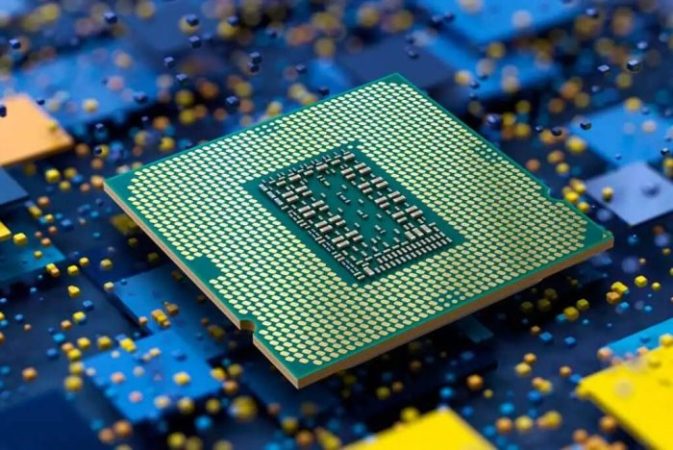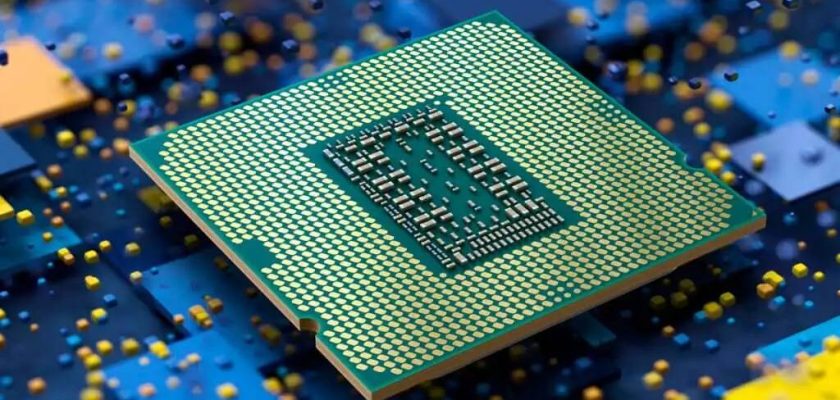
The CPU (Central Processing Unit) is the heart of your computer. It’s responsible for executing instructions and processing data, and it generates a lot of heat in the process. Over time, this heat can damage the CPU, leading to malfunctions, errors, and even permanent failure. One of the most common CPU-related errors is the “CPU over temperature” error, which can occur when the CPU temperature exceeds a certain threshold. In this article, we’ll discuss how to avoid and fix CPU over temperature error.
What Causes CPU Over Temperature Error?
Before we delve into how to fix CPU over temperature error, it’s important to understand what causes it. The most common cause is inadequate cooling. CPUs generate a lot of heat, and if your computer’s cooling system isn’t able to dissipate that heat effectively, the CPU temperature can rise to dangerous levels. Another common cause is overclocking. Overclocking is the process of increasing the CPU’s clock speed beyond its designed limits. While this can improve performance, it also generates more heat and can lead to CPU over temperature error. Other possible causes include a malfunctioning fan, clogged air vents, or a damaged heat sink.
How to Avoid CPU Over Temperature Error?
The best way to avoid CPU over temperature error is to ensure that your computer is adequately cooled. Here are some tips to help you achieve that:
Clean Your Computer Regularly
Dust, dirt, and other debris can clog air vents and interfere with the cooling system’s effectiveness. Regularly cleaning your computer with a can of compressed air can help to keep the airways clear and ensure that your computer stays cool.
Use High-Quality Thermal Paste
Thermal paste is a substance that is applied between the CPU and the heat sink to help transfer heat away from the CPU. Using high-quality thermal paste can help to improve thermal conductivity and ensure that your CPU stays cool.
Install Additional Fans
If your computer is still overheating, installing additional fans can help to improve airflow and reduce temperatures. Make sure to choose high-quality fans that are designed for your computer’s case and that are compatible with your motherboard.
Avoid Overclocking
As mentioned earlier, overclocking can generate more heat and lead to CPU over temperature error. Unless you’re an experienced overclocker and know what you’re doing, it’s best to avoid this practice altogether.
How to Fix CPU Over Temperature Error?
If you’re already experiencing CPU over temperature error, there are several steps you can take to fix the problem:
- Check Your CPU’s Temperature
The first step in fixing CPU over temperature error is to check your CPU’s temperature. You can do this using a tool like HWMonitor or Core Temp. If your CPU temperature is consistently above 80°C, there’s a good chance that you’re experiencing CPU over temperature error.
- Check Your Cooling System
The next step is to check your computer’s cooling system. Make sure that all fans are working properly and that air vents are clear of debris. If you notice any issues with your cooling system, you may need to replace a malfunctioning fan or clean out your air vents.
- Check Your Thermal Paste
If your cooling system is working properly, the next step is to check your thermal paste. Over time, thermal paste can dry out and lose its effectiveness. If you notice that your CPU temperature is consistently high, it may be time to replace your thermal paste.
- Adjust Your Fan Speeds
If your cooling system and thermal paste are both working properly, you may be able to fix CPU over temperature error by adjusting your fan speeds. Most modern motherboards allow you to adjust fan speeds in the BIOS. Increasing fan speeds can help to improve airflow and reduce CPU temperatures.
- Consider Upgrading Your Cooling System
If you’ve tried all of the above steps and are still experiencing CPU over temperature error, it may be time to consider upgrading your cooling system. There are several options available, including liquid cooling systems and high-performance air coolers. However, keep in mind that these solutions can be expensive and may require some technical knowledge to install properly.
It’s also worth noting that in some cases, CPU over temperature error may be caused by a faulty CPU or motherboard. If you’ve tried all of the above steps and are still experiencing issues, you may want to consider having your hardware checked by a professional.
Conclusion
CPU over temperature error can be a frustrating and potentially damaging issue. However, by following the tips outlined in this article, you can take steps to avoid and fix the problem. Remember to regularly clean your computer, use high-quality thermal paste, avoid overclocking, and consider upgrading your cooling system if necessary. With a little bit of effort and attention, you can ensure that your CPU stays cool and your computer runs smoothly for years to come.

